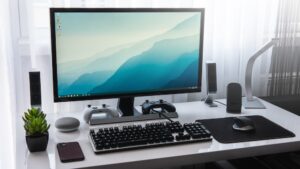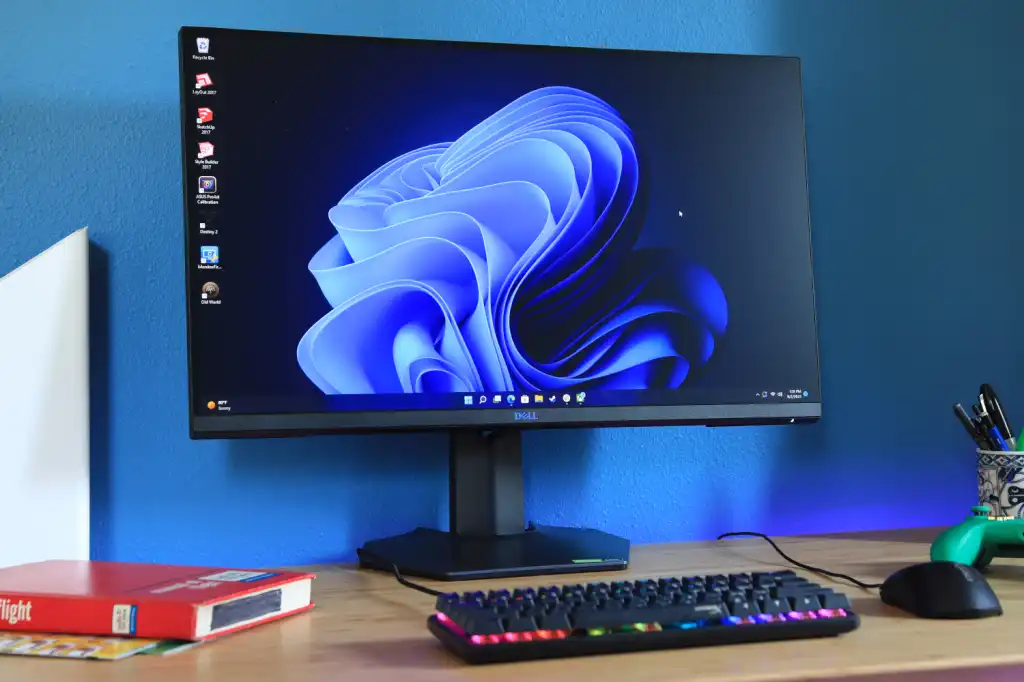The Motherboard Primary Functions in a Computer
In the world of technology, experts recognize the motherboard as the computer’s brain. It stands as the core component, taking on a circuit board shape, connecting all its parts within the computer. The motherboard functions as the central hub where all parts converge to ensure the computer functions as intended. Available in various sizes, it can be adapted to suit other hardware dimensions.
So, what are the real functions of a motherboard in a computer? Let’s explore the following article to uncover them.

The Motherboard’s Role in a Computer
The motherboard, also known as the mainboard, takes the crown as the most vital component in a computer. It assumes a critical role in overseeing, linking, and managing all the components that constitute the computer system.
The motherboard’s primary functions include:
Distributing Power: The motherboard allocates electrical power to all computer components to facilitate their proper operation.
Layout Provision: It offers an optimal layout for various components within the computer, encompassing the CPU (Central Processing Unit), RAM (Random Access Memory), graphics card, sound card, storage (SSD/HDD), and additional peripherals.
Data Transmission: The motherboard facilitates data transfer among all computer components, ensuring seamless communication.
Connection Hub: It connects crucial components like the power supply, processor, RAM, hard disk, mouse, keyboard, and more.
Communication Pathways: The motherboard establishes communication pathways between different parts of the computer.
Basic Input-Output System (BIOS) Control: It manages the computer’s basic input-output system, crucial during the booting process and system initialization.
CPU Connection: The motherboard links the CPU to other components, including memory, expansion slots, and more.
Serving as both the brain and heart of the system, the motherboard plays a pivotal role in determining how these components collaborate and interact.
Key Components Within a Motherboard
Several critical components within the motherboard play essential roles:
CPU Socket (Central Processing Unit): This component is where the motherboard installs the processor (CPU). It possesses a specific form and layout to accommodate different CPU types and generations.
Chipset: The chipset consists of a group of chips that manage communication between the CPU, RAM, graphics card, and other devices. It also oversees I/O functions such as USB, SATA, and Ethernet. Typically, chipsets consist of two parts: Northbridge, responsible for CPU and RAM-related tasks, and Southbridge, handling I/O peripherals.
RAM Slots (Random Access Memory): RAM slots are where the motherboard accommodates RAM modules. RAM functions as temporary storage for data during the computer’s operation. The number and type of RAM slots supported by the motherboard can vary.
BIOS: The BIOS chip stores firmware that operates when the computer powers on. It plays a pivotal role in configuring hardware components connected to the motherboard.
AGP Slot (Accelerated Graphic Port): This specialized expansion slot is specifically designed for graphics cards. It provides a faster and more efficient communication channel between the graphics card and the primary system.
PCI Slots (Peripheral Component Interconnect): PCI slots are more commonly used expansion slots that can house various types of expansion cards, including graphics cards, sound cards, network cards, and other peripherals.
Power Connector: The power connector is where the motherboard links to the power cable from an external power source, such as the PSU (Power Supply Unit). It supplies electrical power to all components within the computer.
I/O Connectors (Input/Output): Motherboards feature various I/O connectors, including USB, audio, HDMI, VGA, Ethernet, and others. These connectors enable the computer to communicate with external devices such as monitors, keyboards, mice, and peripherals.
CMOS Battery (Complementary Metal-Oxide Semiconductor): The CMOS battery provides power to the CMOS chip, which stores BIOS settings and the system clock. This ensures that system settings and time are retained even when the computer is turned off.
Other Internal Connectors: Motherboards also include various other connectors like the TPM (Trusted Platform Module) connector for hardware security, LED indicator connectors, and more.
Understanding these motherboard components is crucial for comprehending how a computer system operates. The motherboard serves as the central hub, orchestrating the interactions and functions of all these components to ensure smooth computing.






